Do Xuan Oanh and People-to-People Diplomacy During the American War (Part 2)
Part 1: Do Xuan Oanh and People-to-People Diplomacy During the American War
Writer Susan Sontag recounts her 1968 journey to North Vietnam, including extensive interaction with Xuan Oanh in her aptly titled and deeply reflective memoir of that mission, Trip to Hanoi.
She references Xuan Oanh throughout Trip to Hanoi, as early as page nine mentioning his leadership role with the escorting group, and gives extensive reflections, even musings on how Xuan Oanh would come to view things over time. Toward the middle of the book Sontag wonders about her burden on her hosts, noting that,
“I sometimes have the feeling that my being here…is a big waste of our Vietnamese hosts’ time. Oanh should be spending these days writing music.”
 |
| Xuan Oanh (2nd from the left) interpreted for Uncle Ho and Prime Minister Pham Van Dong (Photo courtesy of the family) |
Nonetheless, it seems Xuan Oanh’s openness with his guests was disarming, in a way to help foster good information sharing during these important people-to-people diplomacy meetings. Sontag records Xuan Oanh recalling childhood stories about working on his uncle’s fishing boat on beautiful Ha Long Bay, at the same time relating the natural beauty of the coastal region to what Americans must realize when seeing the Grand Canyon.
Xuan Oanh’s connection to the visitors’ sentiments evidently had positive effects on their impressions of the people of Vietnam.
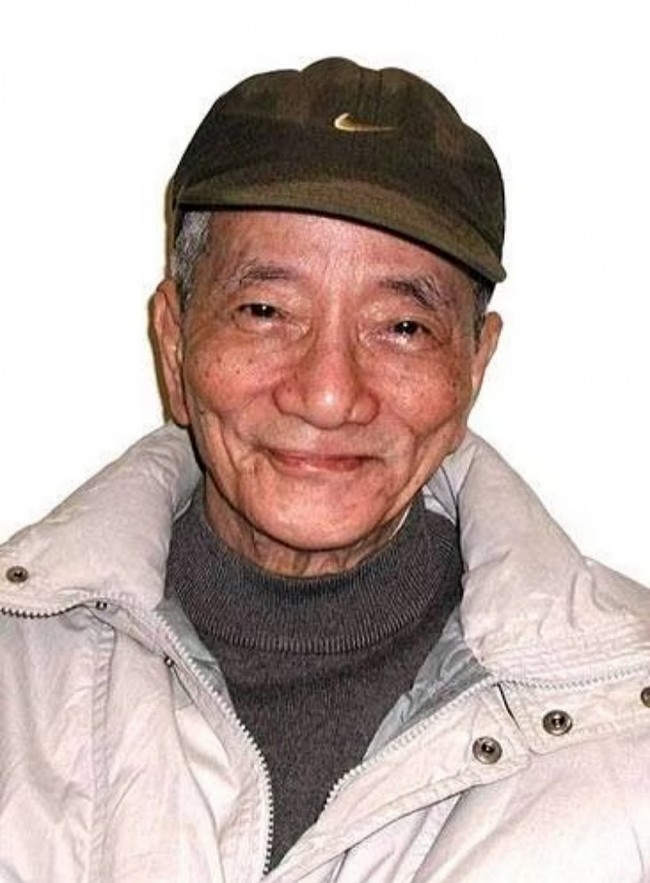 |
| Songwriter Xuan Oanh |
Peace activist Judy Gumbo contributed a chapter in The People Make the Peace: Lessons from the Vietnam Antiwar Movement, capturing her impressions of visits involving Xuan Oanh.
Gumbo notes the name of their host organization on a trip to Hanoi, the Vietnam Committee for Solidarity with the American People, referencing a meeting on June 6, 1970. This documents the reactivation during the Peace talks of the originally named Viet Nam – America Friendship Association formed in 1945.
Now a few years into the Paris peace talks, Gumbo’s entry confirms the activity of this key organization. People-to-people diplomacy continued its path and Xuan Oanh remained engaged throughout that period.
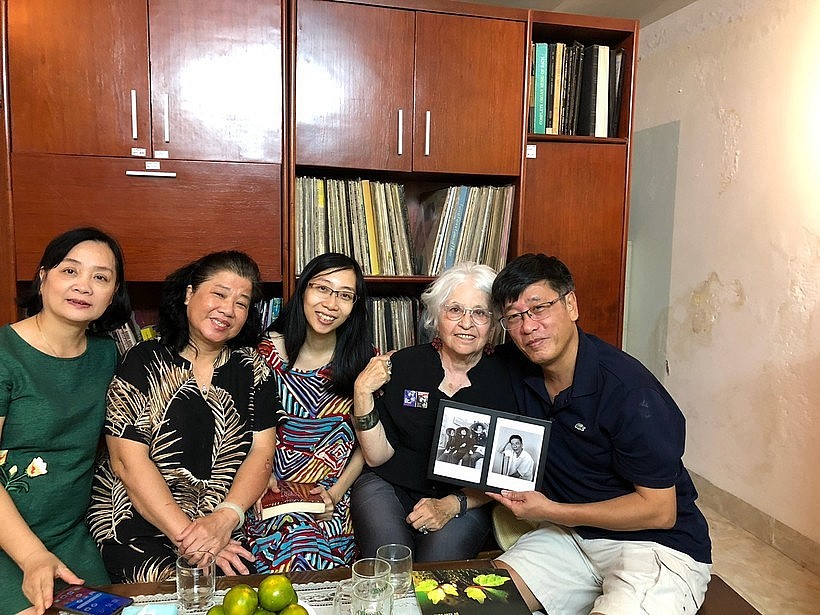 |
| Judy Gumbo (second from right) sits next to Lieutenant General Le Chi - son of Xuan Oanh - during a visit to Xuan Oanh's house in 2020. Judy is the leader of the US hippie movement in the 1970s. She was inspired by Xuan Oanh and brought the Hippo organization to actively participate in the antiwar movement in the US. At that time, she was listed by the FBI as "America's number one national security threat". |
In a later memoir of her life as an activist, Yippie Girl: Exploits in Protest and Defeating the FBI, Gumbo devotes a chapter to her six meetings involving Xuan Oanh in the year 1970, a time that Xuan Oanh characterized to Gumbo in a 2008 email exchange as “the most wonderful time that made our life significant while providing the world a reason to think and act.”
Gumbo identified Xuan Oanh as “(m)usician, politician, diplomatic emissary for the North Vietnamese government, poet, intellectual, artist, painter, and translator – everyone from the inner core of the U.S. peace movement knew him.” Others noted these several characteristics in their writings referencing Xuan Oanh. Gumbo cites Sontag’s description fromTrip to Hanoi – “having a ‘personal authority, (he) walks and sits with that charming American slouch, and sometimes seems moody or distracted.” Xuan Oanh had a way of making real connections with people.
Some of the peace travelers to Vietnam came seeking specific information to challenge the Nixon administration on certain legal aspects of American intervention.
At an international conference, attorneys Mort Stavis and Peter Weiss had met a colonel in the People’s Army who was the head of the DRV’s war crimes commission. Through Xuan Oanh arrangements were made for an official joint invitation for them to continue their inquiry in Hanoi.
In mid-November 1970 attorneys Stavis and Weiss, representing the Lawyer’s Committee, came to Hanoi at the invitation of the Jurists Association of Viet Name and the War Crimes Commission for a study on war crimes.
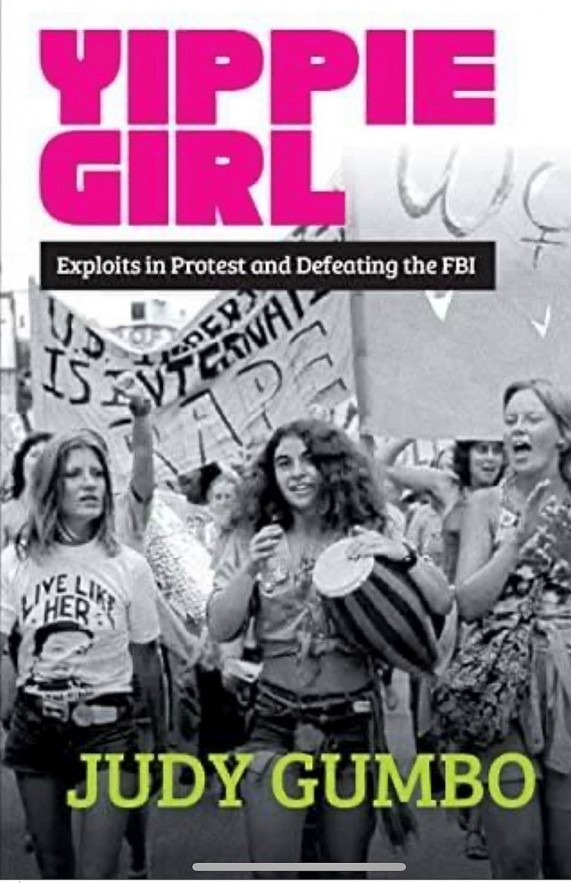 |
| The cover of the book "Yippie Girl". From left to right: Nancy Kurshan, Judy Gumbo, and Genie Plamondon led a protest against the Vietnam War in 1971. |
Prisoners of War (POWs) were used in the Nixon administration’s public relations war against critical opinion and the U.S. antiwar movement. Xuan Oanh was involved with POWs in two key respects. One was his role in facilitating meetings with interviewers and visiting peace activists. The other was an internal role in communicating with resident POWs inside the prisons.
Over the years since the first prisoner Everett Alvarez was taken in 1964, Xuan Oanh’s hosting of visiting peace activists often involved meetings between the travelers to Vietnam and POWs. These meetings varied widely in their format, agendas, and reactions, both on the part of the interviewers and the interviewees. Xuan Oanh was open with visitors to explain how the Vietnamese people viewed these prisoners, both as invaders who had brought devastation to their country and as dutiful citizens who were carrying out the will of their government without having had the benefit of knowing the Vietnamese people and their culture. He also explained the Vietnamese government’s position that was presented in a distorted way to the American people by the Nixon administration and U.S. media alike. The presentation by the American side was that the North Vietnamese were not following the Geneva Convention for the treatment of POWs.
However, the DRV was following its own policy, and its own historic precedent, for the humane treatment of prisoners: the Geneva Rules did not apply in an illegal and undeclared war, but the DRV had its own humanitarian treatment policy which pertained.
That rational explanation with its subtle distinction was rarely presented to the American public. The Nixon administration suppressed it for their own purposes. However, Xuan Oanh could explain this well on a people-to-people basis.
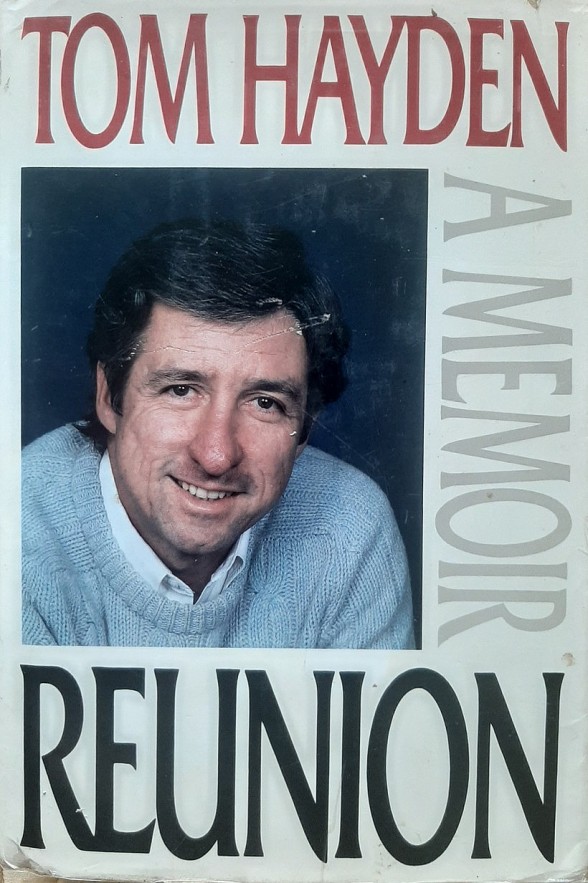 |
| "A memoir - Reunion" by Tom Hayden |
Bill Zimmerman traveled to Hanoi with three other peace activists in May 1972 after the Nixon administration had renewed massive bombing and the mining of Haiphong harbor in April.
In his 2011 book Troublemaker Zimmerman described Xuan Oanh in similar ways as had his traveling predecessors, but the renewed bombing made things more alarming and uncertain. The mood in May of 1972 was tense.
Zimmerman noted that Xuan Oanh conveyed the deep concern that “the U.S. State Department had just declared no targets in Viet Nam would be off-limits, civilian or military.” Due to the heightened dangers Xuan Oanh’s counterparts were postponing a visit by American doctors. But Oanh made certain that Zimmerman and team would meet with captured American pilots.
Those eight POWs through their spokesperson naval aviator David Wesley Hoffman would express to their interviewers the POWs’ shock at the “futility of the action that was taken in the bombing raids against Hanoi and Haiphong…that civilian targets are in fact being hit, with civilian casualties, both injured and killed…there can be no reason or excuse for that.”
Certainly the times were tense, and Xuan Oanh, exercising his humane concern for his own people, helped to ensure that the peace visitors understood the severity of the situation along with the concerns of the Vietnamese government regarding the bombing of innocents.
A result of this interview with these eight POWs was that Zimmerman’s film of the meeting played on an American national news broadcast two weeks later. The interview of healthy and vocal POWs adamantly criticizing US bombing served to quiet the Nixon administration’s use of the POWs as an issue, for fear that reporters would question them about this POW interview that Xuan Oanh had facilitated.
During the latter period of the American war, Xuan Oanh had the additional responsibility to engage with the captured Americans in the Hanoi prisons, officially named the Camps of Detention for US Pilots Captured in the Democratic Republic of Viet Nam. With the rank of major as a political officer in the Army, coupled with his western cultural knowledge and understanding, Xuan Oanh was called upon to help with the communications needs among the prison staff and the prisoners. Xuan Oanh could speak directly with the prisoners and would even take on some tasks related to the prisoners themselves requiring a level of tact.
The early release of three POWs in September of 1972, as a gesture of peace by North Vietnam again brought together peace activist Cora Weiss and Xuan Oanh, who worked together many times from 1969 until 1973 in both Hanoi and Paris. As a leader and co-chair of the Committee of Liaison with Families of Servicemen Detained in the Democratic Republic of Vietnam (COL), Cora traveled to North Vietnam several times, and to Paris to meet with delegations there, meeting with Xuan Oanh in both locations.
In July 1969, as a leader of Women Strike for Peace, Cora met with members of the Vietnam Women’s Union in Toronto, Canada. The Nixon administration was promoting the alleged treatment of captured pilots by the North as a pretext to continue the war. It was Cora’s firm belief that if two women’s organizations were to take part in moving the mail between the prisoners in Hanoi and their families in the United States, communications would improve and all would know who was being held as prisoners, and how many. The hope was that this so-called “issue” would then be removed from the Paris discussion tables and more substantive topics would be addressed to bring about an early end to the war.
Leaders of the antiwar movement formed the COL. As co-chair, Cora made many trips to Vietnam. For each month from December 1969, COL-organized teams of three traveled to Hanoi with mail from families and returned with mail from captured servicemembers. In Hanoi, Xuan Oanh was often the host for these travelers who were also mail carriers. The COL continued these mail exchanges until the prisoners were released in 1973.
In addition to facilitating mail and packages, Cora and Dave Dellinger were contacted in August 1972, and asked to travel to Hanoi in September 1972 to accept custody of three American pilots, as a gesture of peace. Cora and Dave Dellinger, along with relatives Minnie Lee Gartley and Olga Charles, international law professor Richard Falk and Reverend William Sloane Coffin, made the trip to Hanoi and brought POWs Norris Charles, Edward Elias, and Mark Gartley back to New York.
Cora recalls Xuan Oanh as sensitive, easy to talk with, and concerned for his wife’s health. This note from Xuan Oanh after the prisoner's release supports that:
In January 1973 the Peace Accords had been signed. In the ensuing days the prison populations were being centrally consolidated in Hoa Lo prison in Hanoi to await release. Inside, rumors were circulating that some of the prisoners who were angry with a group of eight enlisted prisoners who had spoken out against the war would harm them somehow if they had the chance.
Not knowing if it was simply bravado and idle threatening or real intentions for causing physical injury, or worse, prison management became cautious for the safety of the Eight, especially as prisoners were allowed to move about the compound more freely since the Peace Accords had been signed. Xuan Oanh met with these eight enlisted prisoners and discussed their concerns, along with their preferences. The Eight conveyed to Xuan Oanh that they did not want to be separated, nor locked down in protective custody, and they desired to be released on the same day, rather than by date of capture as was protocol. They would stay together as a group and depart on the release date of the last of them.
Former POW Bob Chenoweth, one of those Eight, remembered Xuan Oanh for his sensitivity for their concerns and their welfare and for facilitating their safe travel home.
At a November 2017 opening ceremony for a special exhibition at Hoa Lo prison museum in Hanoi commemorating the 45th anniversary of “Dien Bien Phu in the Air” (or Linebacker II/Christmas Bombing), Chenoweth acknowledged that the life lessons he learned from the Vietnamese people during the five years he was imprisoned were invaluable to him. He expressed his deep gratitude for helping make him a “better person” than when he arrived. Chenoweth’s words proved out Ho Chi Minh’s “hope that they go away from here better citizens or with a better understanding than when they came here,” the words that Ho Chi Minh expressed to peace visitor Dave Dellinger in 1966.
In Chenoweth’s words of remembrance, we can see that Xuan Oanh’s legacy of people-to-people diplomacy lives on.
________________________
9. Wilber and Lembcke, Dissenting POWs, 68.
10. Zimmerman, Troublemaker, 277.
11. Tom Wilber and Jerry Lembcke, Dissenting POWs: From Vietnam’s Hoa Lo Prison to America Today, (New York: Monthly Review Press, 2021), 92-4
12. Zimmerman, Troublemaker, 267-8.
13. Zimmerman, Troublemaker, 270.
14. McEldowney, Hanoi Journal 1967, 100.
15. Politburo Resolution No. 194-NQ/TW, 20 November 1969, On Policy Toward Captured American Pilots in North Vietnam
16. Gumbo, Yippie Girl, 192-214.
17. Sontag, Trip to Hanoi, 13.
18. Gumbo, Yippie Girl, 193.
19. Susan Sontag, Trip to Hanoi, (New York: Noonday Press, 1968) 34-5. Sontag’s wonderings revolve around Xuan Oanh’s perspectives: “What do the Vietnamese imagine is happening to us here? Do they grasp when we understand and when we don’t? I am thinking particularly of Oanh, who is obviously very shrewd and has traveled a lot in Europe…I asked Oanh today if he thought people in the streets realized that we are Americans. He said that most wouldn’t. Then who do they think we are, I asked. Probably Russians, was his answer…”
20. Sontag, Trip to Hanoi, 79.
21. Judy Gumbo, “Viet Nam Time Travel, 1970-2013”, Chapter 2 in Karin Aguilar-San Juan and Frank Joyce, editors, The People Make the Peace: Lessons from the Vietnam Antiwar Movement, (Charlottesville: Just World Books, 2015), 65.
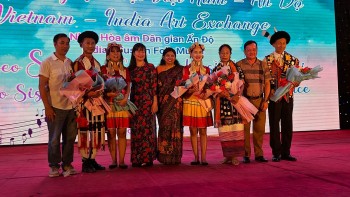 | Indian Tetseo Sisters Bring Folk to Vietnam The audience of around 500 enjoyed Tetseo Sisters' musical performance at Dinh Le – An Duong Vuong Square area, Lao Cai City, Lao Cai Province. |
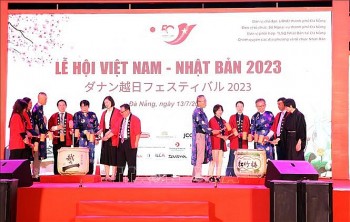 | Relationship Between Japan and Vietnam Built On Mutual Trust In an interview with the Vietnam Times, Professor Furuta Motoo, chairman of the Japanese-Vietnamese Friendship Association hoped that many Vietnamese people had in-depth knowledge of ... |
 | Do Xuan Oanh and People-to-People Diplomacy During the American War Xuan Oanh (1923-2010) wrote the song "August 19", which was commented by musician Do Hong Quan as "represents the heart of the whole nation, shows ... |
Recommended
 Focus
Focus
Vietnam Leaves Imprints on the World Peacekeeping Map
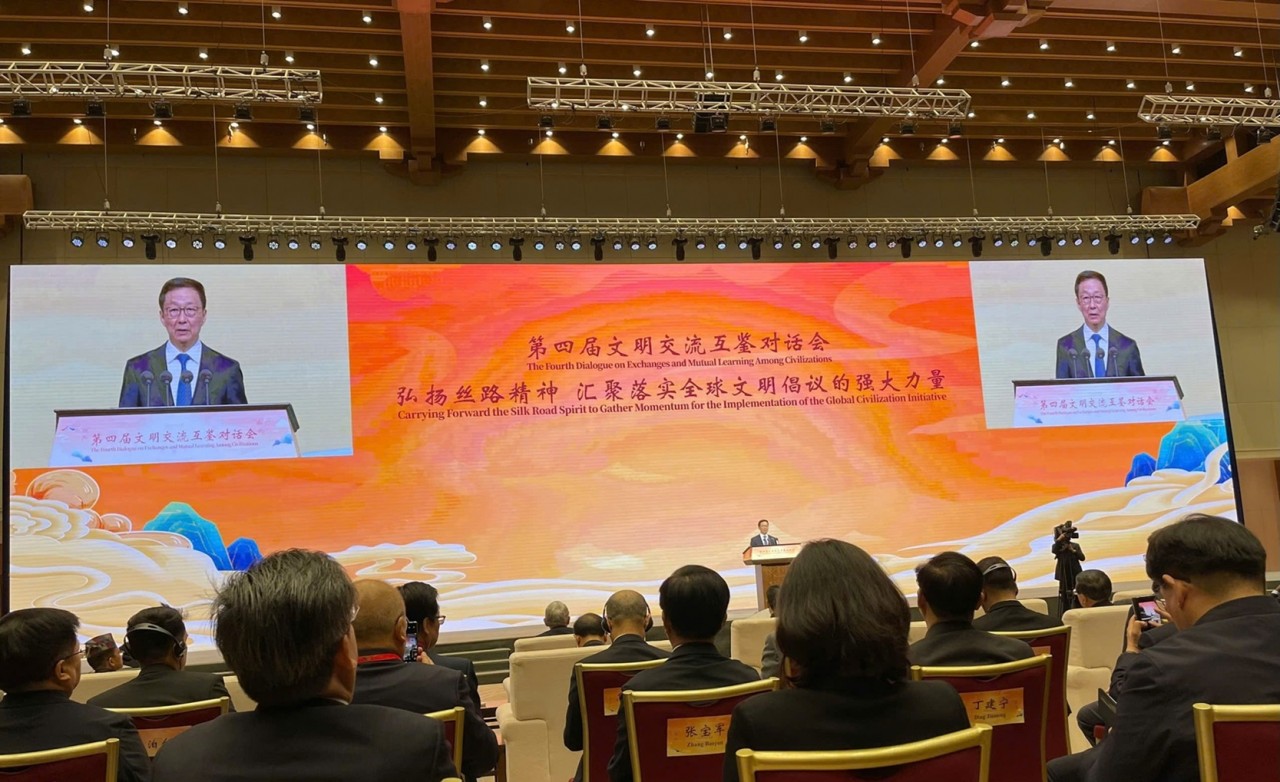 Friendship
Friendship
VUFO Attends Fourth Dialogue on Exchange and Mutual Learning among Civilizations
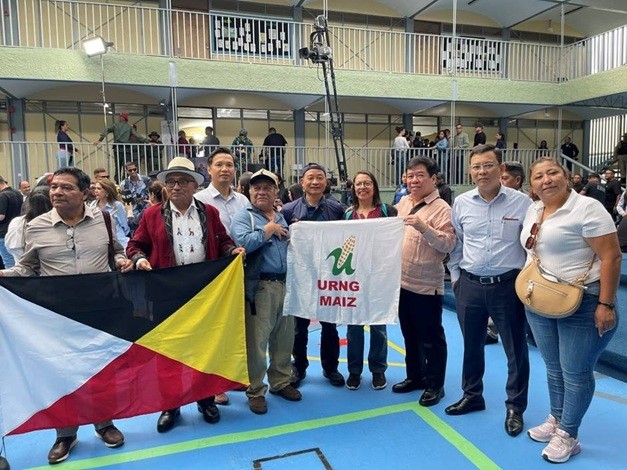 Focus
Focus
Strengthen Solidarity and Friendship Between Vietnam and Venezuela
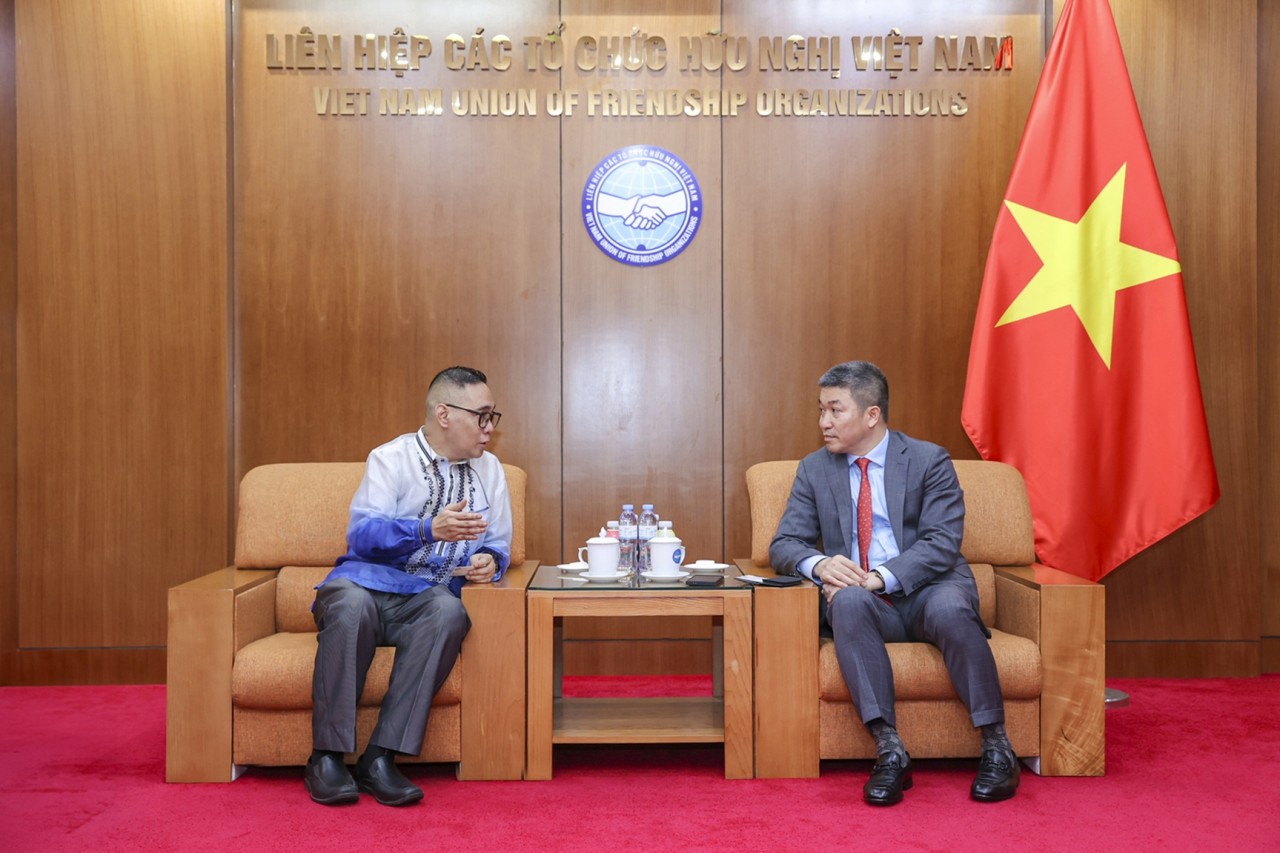 Friendship
Friendship
VUFO Supports Initiatives to Enhance People-to-people Exchanges between Vietnam and the Philippines
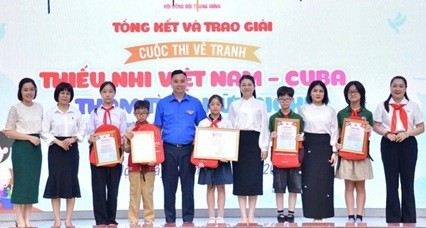 Focus
Focus
"Vietnamese - Cuban Children, Deep Friendship" Painting Contest Announces Winners
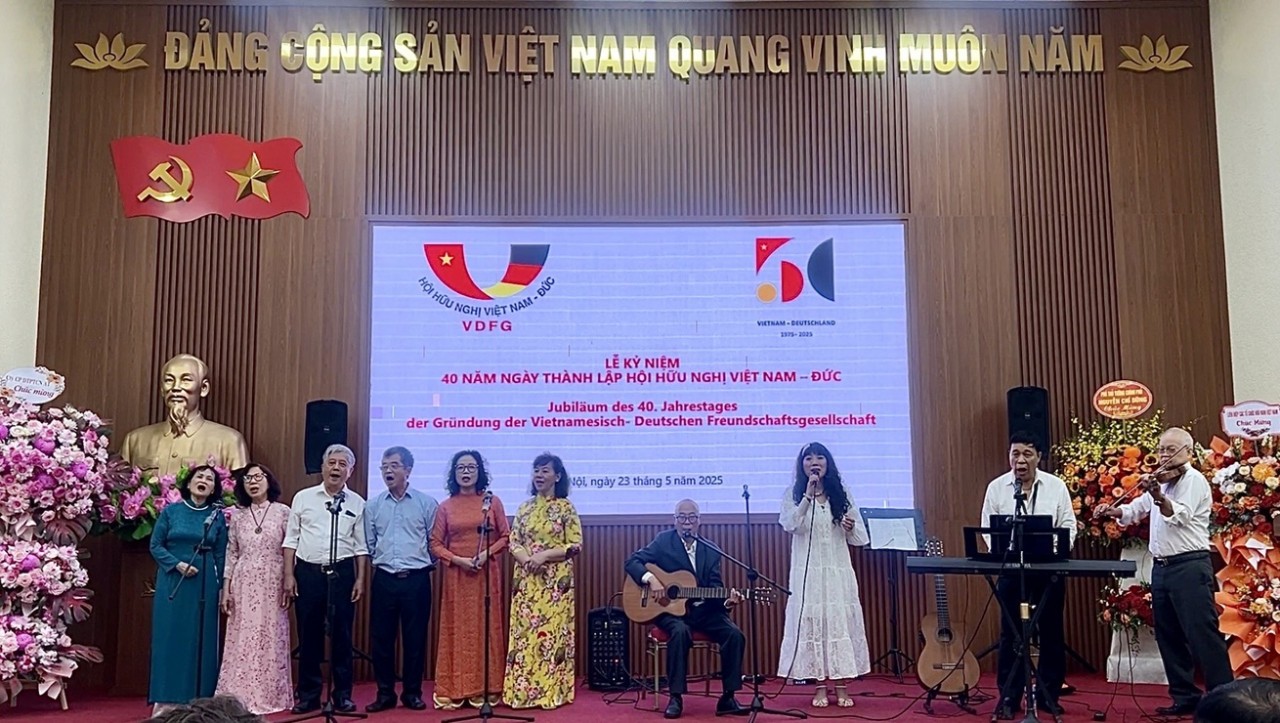 Focus
Focus
Solid Bridge for People-to-people Relations between Vietnam and Germany
 Focus
Focus
35 Years of FES in Vietnam: Fostering Dialogue, Advancing Equity
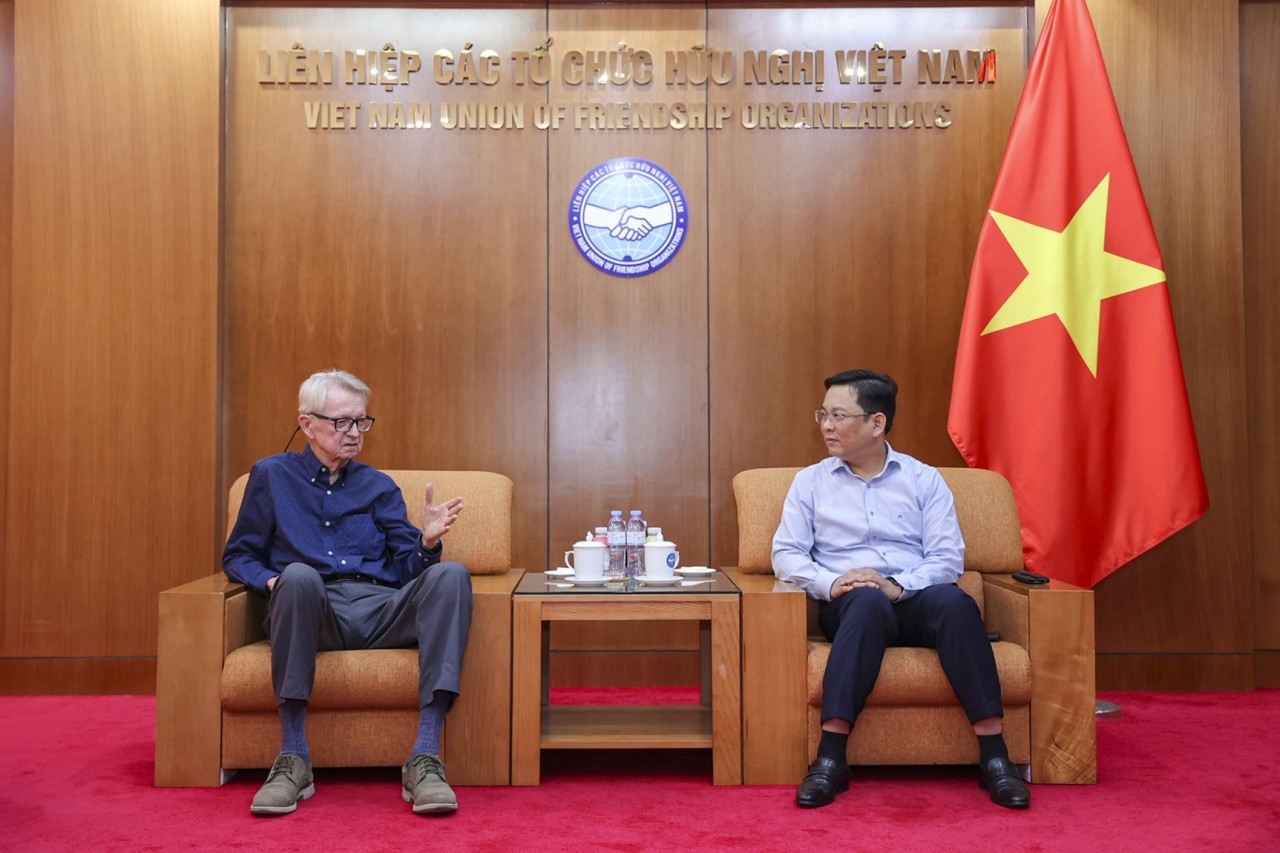 Friendship
Friendship
